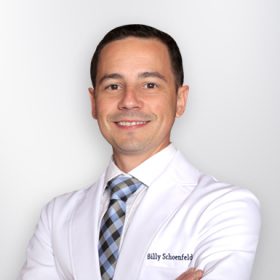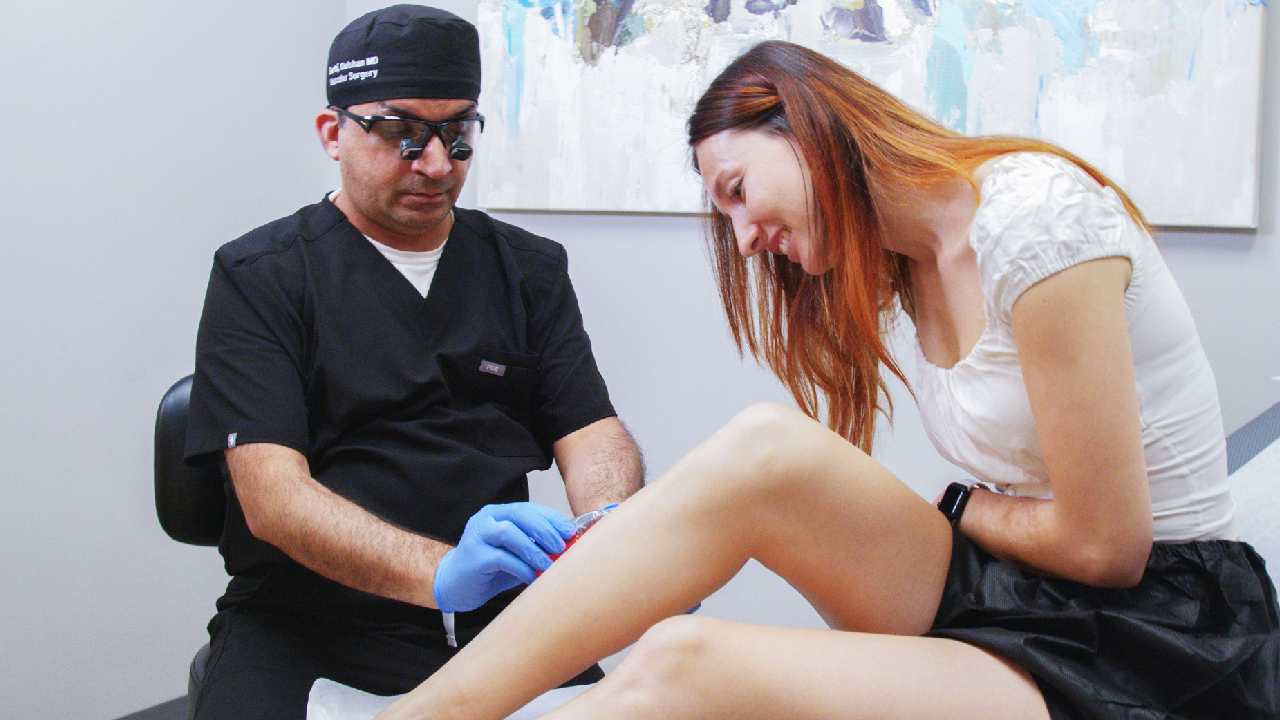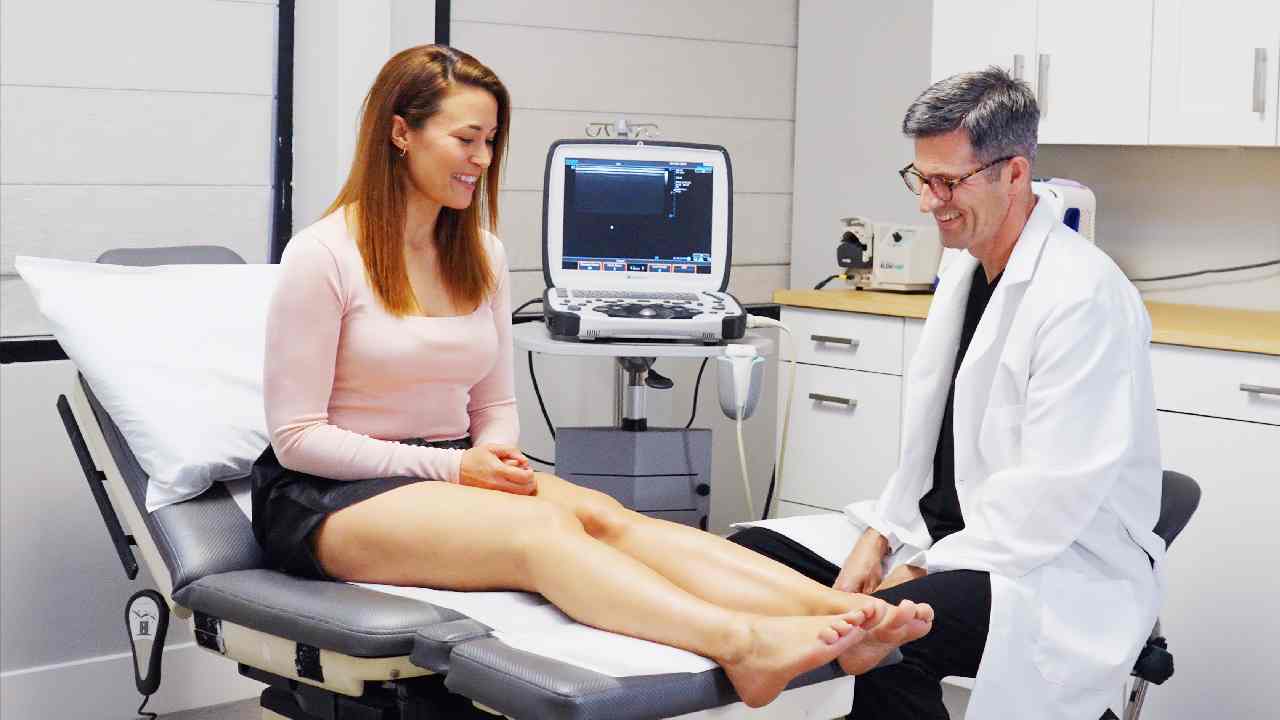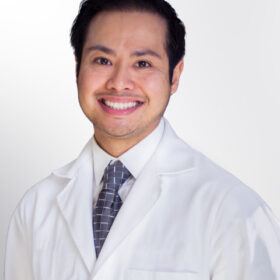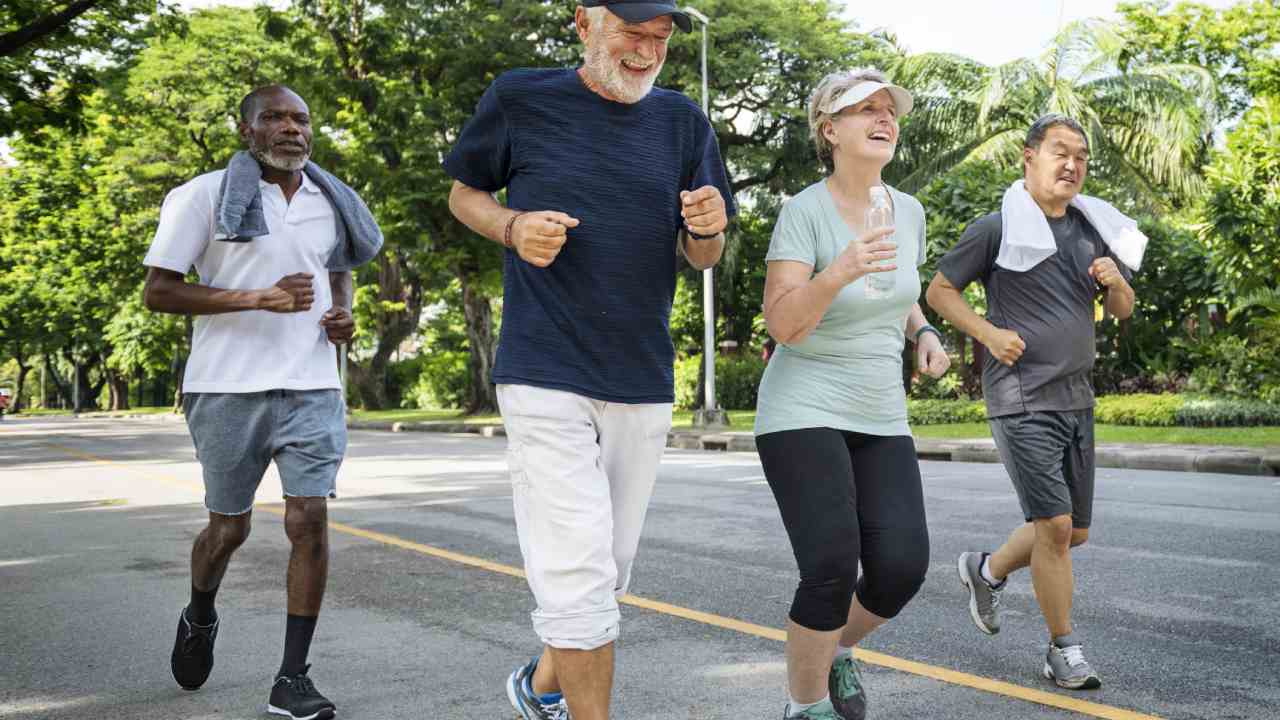
Does Sitting Too Much and Sedentary Lifestyles Cause Varicose Veins?
You’ve just finished a long day at work, and you can feel your legs aching, heavy, and tired. You look down and notice bulging veins on your legs, some of them even turning blue or purple. Over time, these veins have become more prominent, causing discomfort and concern. You may be dealing with varicose veins, a common condition that affects millions of people. While many believe that varicose veins are an inevitable part of aging, that’s not true.
Your lifestyle can affect your blood circulation, and sitting too much or living a sedentary lifestyle can be detrimental to your vein health. At Vein Treatment Clinic, we specialize in diagnosing and treating vein conditions like varicose veins. Whether you’re experiencing mild discomfort or more severe symptoms, our vein doctors can provide personalized treatment options. Learn about our vein treatments and how we can help you address varicose veins before they worsen.
The True Root Cause of Varicose Veins
Varicose veins are enlarged, twisted veins most commonly found in the legs. These veins occur when the one-way valves inside your veins weaken or become damaged, preventing blood from flowing properly toward the heart. When blood pools in the veins, it causes them to stretch, enlarge, and become visible under the skin. This condition is known as chronic venous insufficiency (CVI), which is the true root cause of varicose veins.
CVI happens when the veins in your legs struggle to return blood to the heart due to weakened or faulty valves. As blood accumulates in the veins, they become more dilated, leading to the appearance of varicose veins. While varicose veins may not always cause pain, they can lead to swelling, aching, and fatigue, especially after prolonged periods of sitting or standing.
How a Sedentary Lifestyle Can Increase the Risk of Varicose Veins
A sedentary lifestyle, characterized by long periods of sitting or inactivity, is one of the primary factors that can cause varicose veins. When you remain seated for extended periods, the blood in your legs is more difficult to circulate properly. This poor blood circulation can contribute to the development of varicose veins over time. Sitting for long stretches without moving your legs can increase pressure on your veins, making it more difficult for blood to flow back to your heart.
If your daily routine involves sitting at a desk for hours or lounging on the couch, your veins may become more susceptible to damage. The muscles in your legs play a key role in pushing blood upward, and when these muscles aren’t being used, blood tends to pool in the veins. This is why it’s essential to incorporate regular movement into your day to keep blood flowing properly and reduce the risk of developing varicose veins.
Other Risk Factors for Varicose Veins
While a sedentary lifestyle is a significant contributor to varicose veins, there are several other risk factors that can increase the likelihood of developing this condition.
Genetics
Your family history can play a major role in determining your risk of varicose veins. If you have close relatives, such as parents or siblings, who have had varicose veins, you may be more prone to developing them yourself. This is because the tendency to develop weak vein walls or faulty valves can be inherited. While you can’t change your genetics, understanding your family history can help you take proactive measures to protect your vein health.
Gender
Women are more likely to develop varicose veins than men. Hormonal changes, such as those occurring during pregnancy, menstruation, or menopause, can weaken the walls of the veins, making them more prone to enlargement. The pregnancy period, in particular, places extra pressure on the veins in the legs due to the weight of the growing baby, increasing the likelihood of varicose veins. If you are pregnant or planning to become pregnant, it’s important to pay attention to your vein health and consult a vein specialist if you notice any symptoms.
Obesity
Carrying excess weight can place added pressure on your veins, especially those in your legs. This additional strain can weaken the vein walls and increase the risk of developing varicose veins. Obesity also tends to reduce blood flow, contributing to poor circulation and making it harder for your veins to pump blood back to the heart. Maintaining a healthy weight through diet and exercise can help improve vein health and prevent varicose veins from developing.
Age
As you age, the walls of your veins naturally become weaker, and the one-way valves inside your veins may start to deteriorate. This increases the likelihood of developing chronic venous insufficiency, which can lead to varicose veins. Older adults are particularly vulnerable to this condition, as the cumulative effects of gravity, weakened vein walls, and years of daily strain on the circulatory system all contribute to the development of varicose veins.
Tips to Improve Blood Flow and Prevent Vein Issues:
Taking proactive steps to improve your circulation and protect your veins is essential in preventing varicose veins. Here are some tips that can help:
- Stay Active: Regular physical activity, especially exercises that target the legs, can promote healthy circulation and prevent blood from pooling in your veins. Walking, swimming, and cycling are excellent ways to keep blood flowing. Even small movements like stretching or standing up every 30 minutes can help improve circulation.
- Elevate Your Legs: Whenever possible, elevate your legs above heart level to allow gravity to assist in returning blood to your upper body. This helps relieve pressure from your veins and reduces the risk of swelling. Aim for at least 15 minutes of leg elevation daily, especially after a long day of sitting or standing.
- Wear Compression Stockings: Compression stockings apply gentle pressure to your legs, which helps improve blood flow and reduce the appearance of varicose veins. They are especially helpful for individuals who spend long periods of time sitting or standing.
- Maintain a Healthy Diet: Eating a diet rich in fiber, vitamins, and antioxidants can help protect the walls of your veins and improve circulation. Avoid foods that contribute to inflammation or poor circulation, such as processed foods and excess salt.
- Lose Weight if Necessary: If you are overweight, losing even a small amount of weight can help reduce the pressure on your veins and improve circulation. A healthy diet combined with regular exercise can lead to long-term improvements in vein health.
If you’re noticing signs of varicose veins, such as bulging veins, leg swelling, or leg pain, don’t wait for the condition to worsen. Contact us to verify your insurance details and schedule a consultation with one of our board-certified vein doctors at Vein Treatment Clinic. Our team is here to help you find the right vein treatment for your unique needs.
FEATURED POSTS BY VEIN DOCTORS










